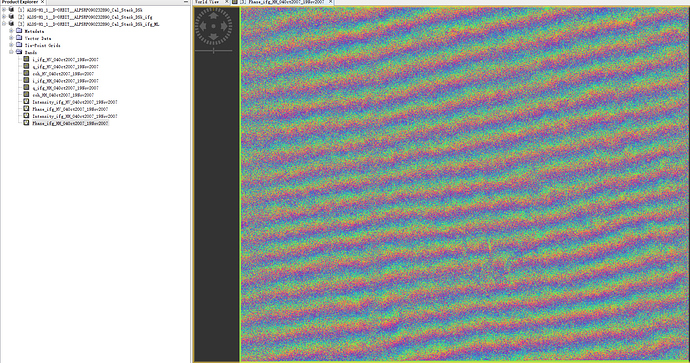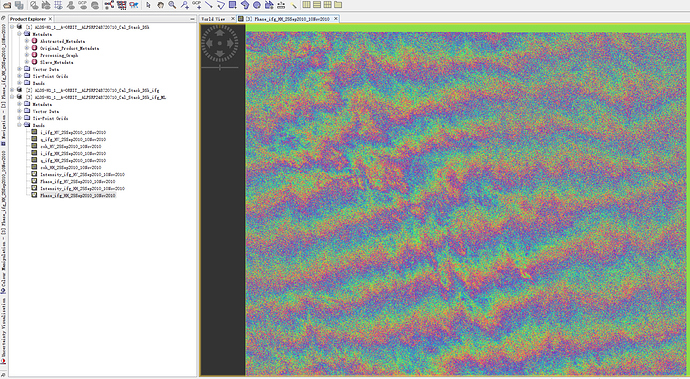Hi, mdelgado,
I used these parameters you proposed to process three pairs of ALOS-1 datasets, and got totally different results. I think only the results of the quad-pol datasets are acceptable.
Would you please help me to solve this problem? Thank you!
Some info about these pairs and accordingly results (multi-looked phase) are as follows:
quad-pol obtained in 2008:
Perp Baseline: 1114 m
Temp Baseline: 46 days
Descending
dual-pol acquired in 2007:
Perp Baseline: -2003 m
Temp Baseline: 46 days
Descending
dual-pol acquired in 2010:
Perp Baseline: -1227 m
Temp Baseline: 46 days
Ascending


